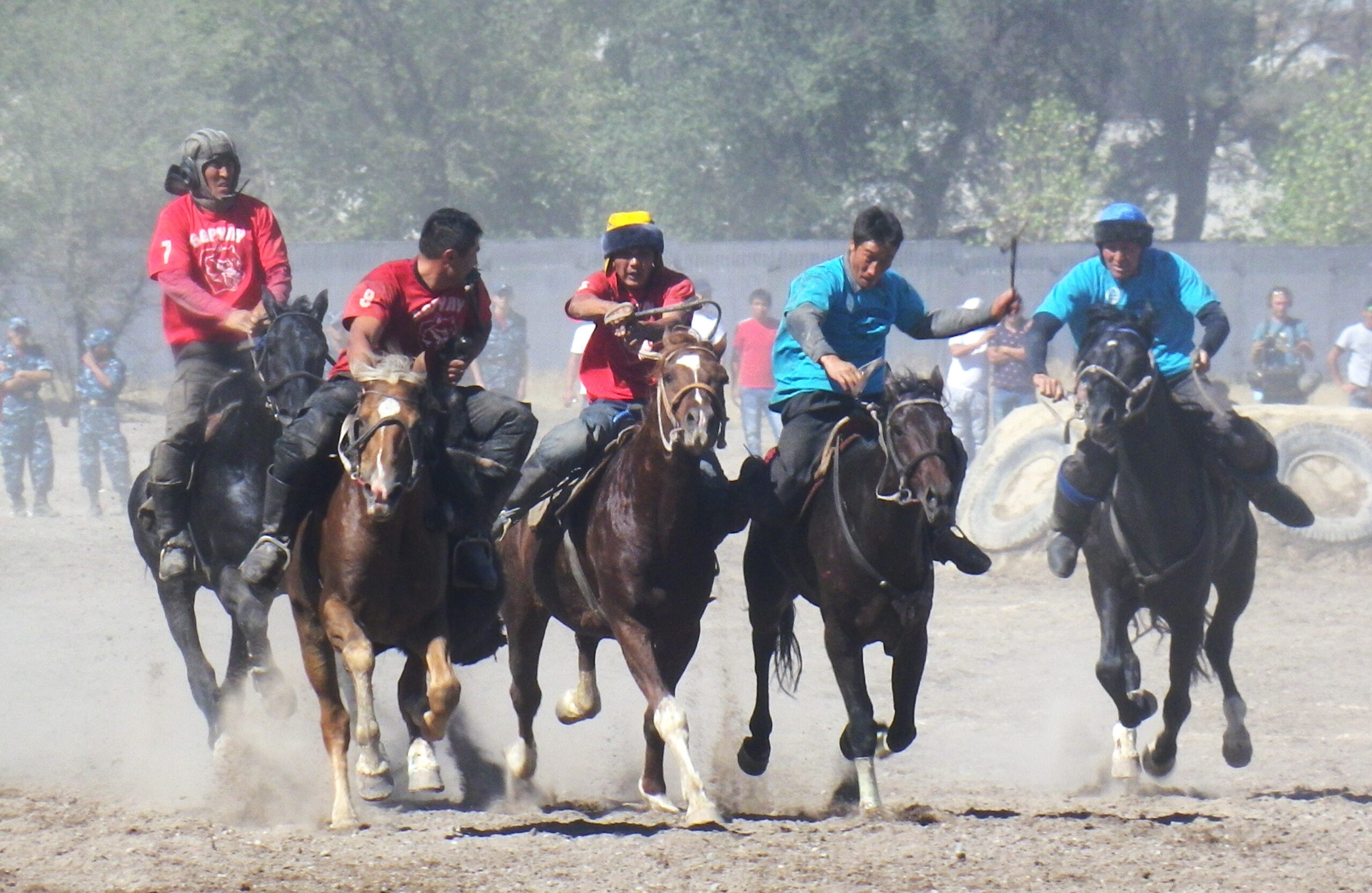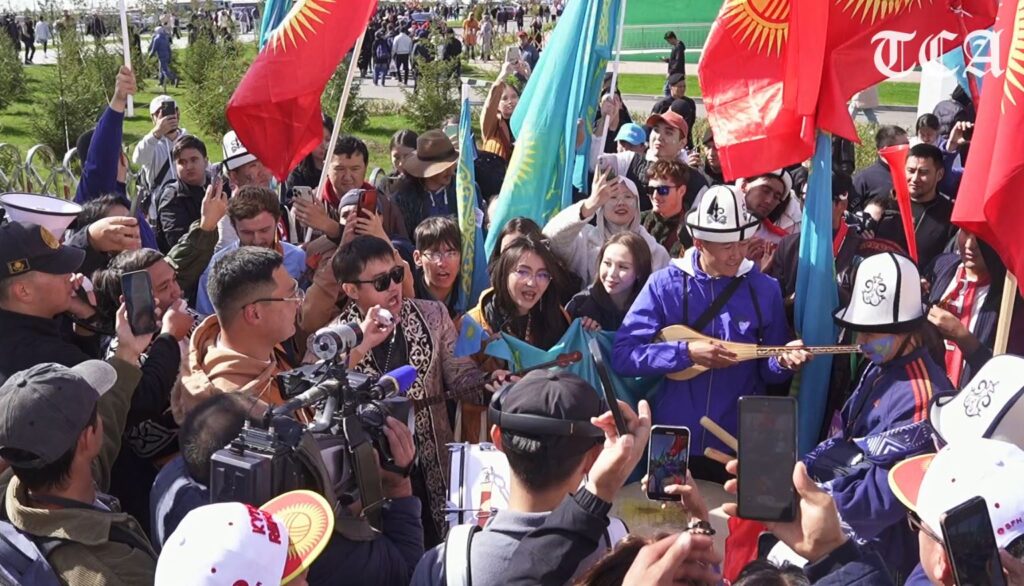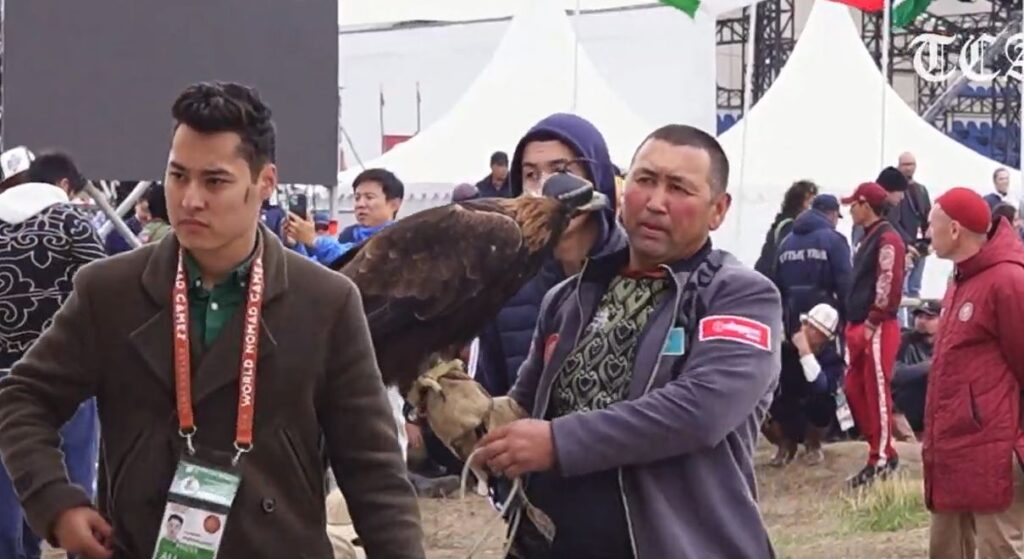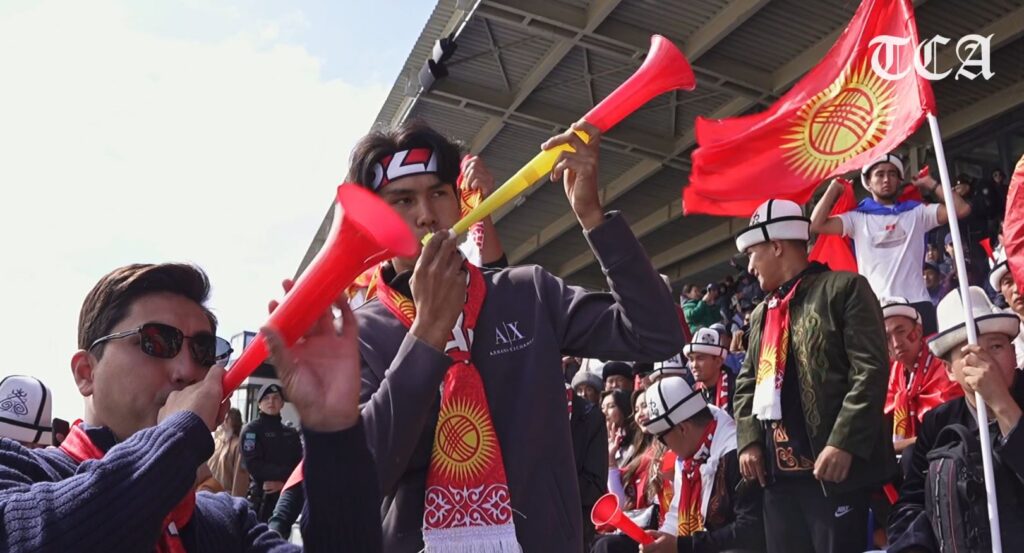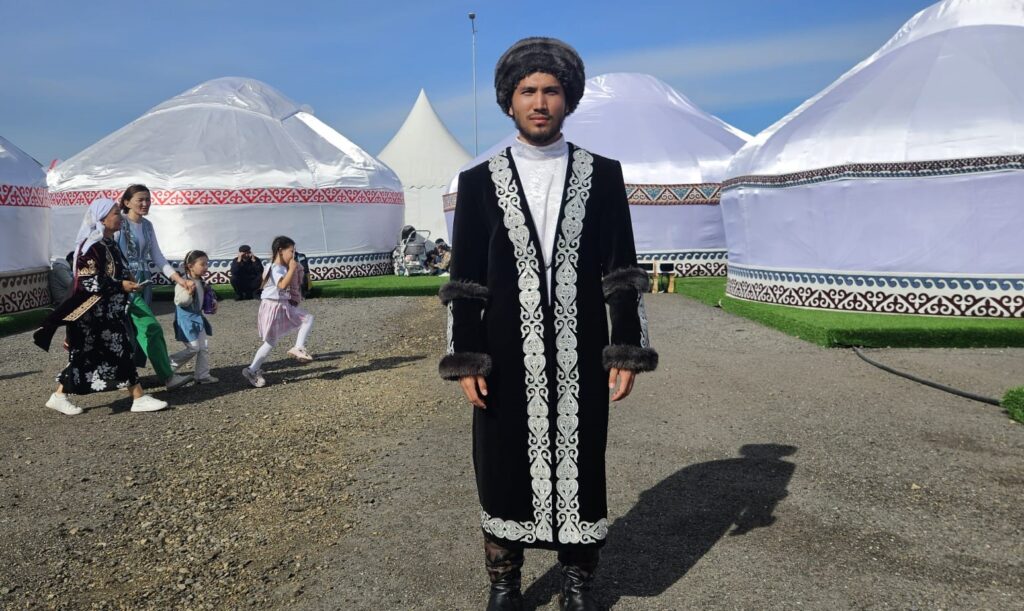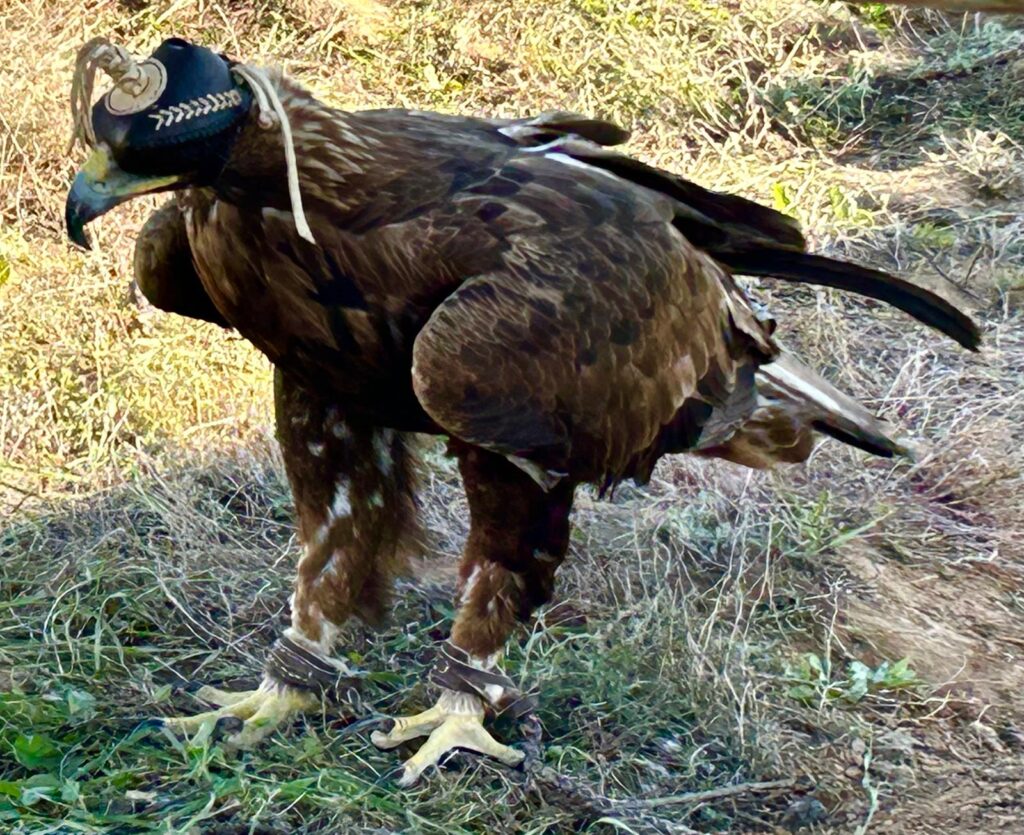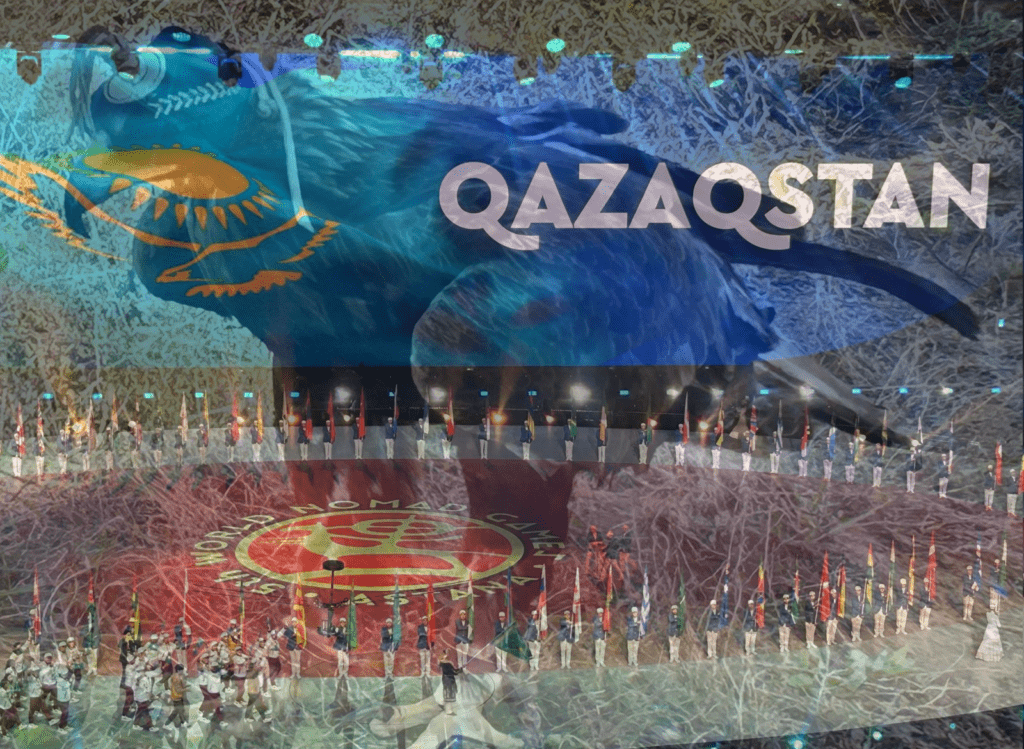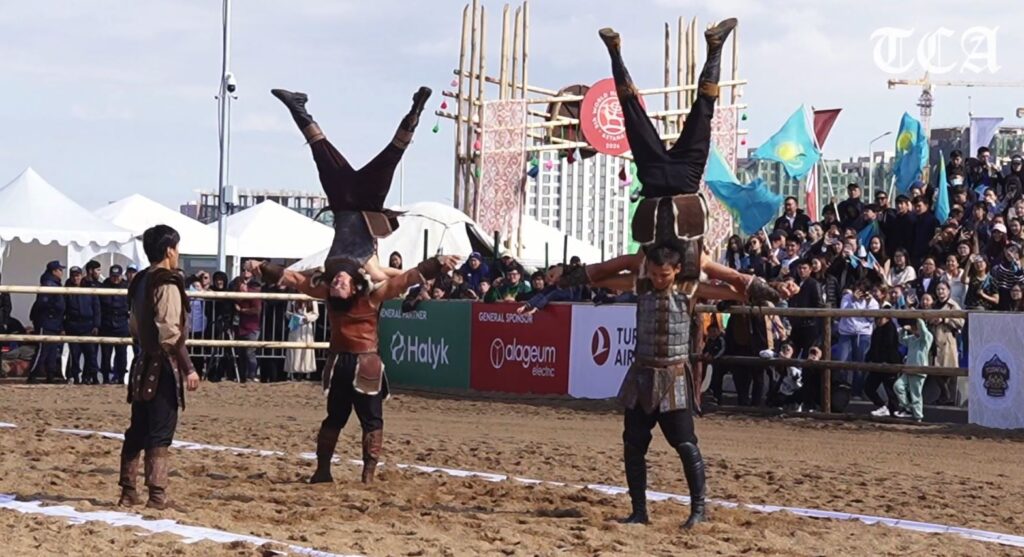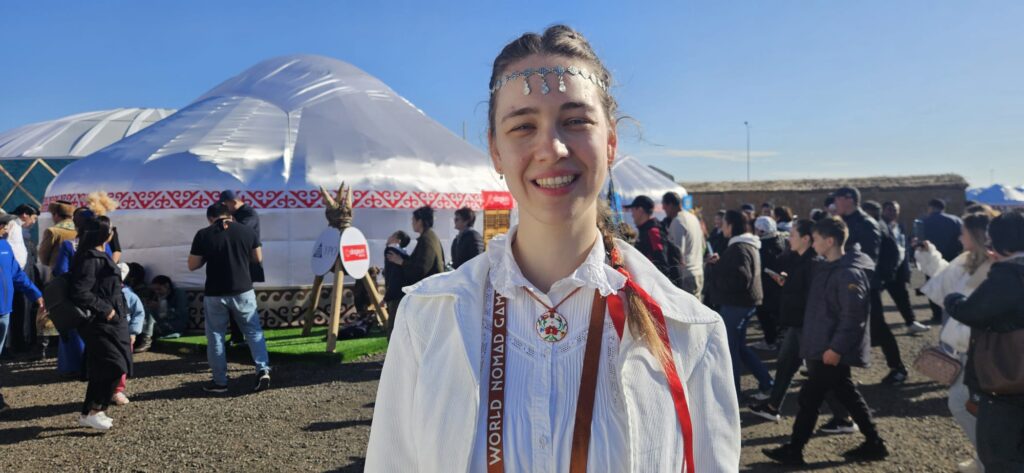The countdown to the 2024 World Nomad Games (WNG) in Astana, Kazakhstan, which will take place between September 8-13, has begun. Now in its fifth incarnation, the upcoming WNG will host an estimated 3,000 athletes – including nomadic and non-nomadic participants (such as American cowboys) – from over 100 nations. The event will showcase sports, science, and culture at venues comprising the Alau Ice Palace, the Astana Arena, the Ushkempirov Martial Arts Palace (named after the Kazakhstani Greco-Roman Olympian wrestler Zhaksylyk Ushkempirov), the Qazaqstan Athletic Sports Complex, the Duman Complex, and the Kazanat Hippodrome. Beside the hippodrome’s equestrian sports complex, the Ethno-aul, or the “Nomadic Universe,” is where visitors can immerse themselves in the many nomadic yurt traditions through classes, entertainment, and cultural programs.
The first official WNG began in the resort town of Cholpon-Ata in the Kyrgyz Republic in 2012. At that time, almost 600 athletes from 19 countries took part in ten sporting categories. Since then – with the second and third WNG also in Cholpon-Ata in 2016 and 2018 – and the fourth in the town of İznik in northwestern Turkey in 2022, the number of games and participants has grown exponentially. In 2016, 1,200 athletes from 62 countries took part in 26 sporting categories. In 2018, the numbers increased to 2,000 athletes from 82 countries in 37 sports. In 2022, 3,000 athletes from 102 countries took part in a limited number of games (13) held over a shorter timeframe due to restrictions enforced by the COVID-19 pandemic.
September is a significant calendar month for the WNG due to the traditional nomadic migration between seasonal camps in preparation for winter. To the uninitiated, and in particular, newcomer spectators from the West, the WNG is an action-packed alternative to more conventional and established international sports. Earlier this year, UK package tours for the 2024 WNG sold out. There is a Game of Thrones fantasy element to some of the scheduled events. The venerable warrior allure of selected games that include birds of prey, dogs, horses, wrestling, archery, and agility contests, are rooted in the uncompromising landscape from which the games were born. The WNG is fairly new to the international stage, but the games themselves are not. Abiding by the rules set by the Eurasian Steppe, athletic events are often vigorous and compellingly rugged. The vast, grassy plains with their minimal natural resources are where the nomadic inhabitants learned to sustain their way of life in work and play. Thus, the WNG has been extracted, maintained, and perfected by the ancient rituals of age-old battles and challenging recreation.

Kok-Boru, 2018 World Nomad Games Image Source: Helen Owl
Horses are a vital extension of Central Asian human resourcefulness. Among the sporting category highlights, the popular Kok-Boru (also known as Buzkashi and Ulak Tyrtysh in Kyrgyz) procured from a battle training custom, will take center stage. Mere balls fade in comparison to the headless goat carcass that the equestrian participants must capture and then fling into the opponent’s goal to win the game. The breadth of horse riding and wrestling take on various forms in several definitive sporting divisions. Er Enish, a tough physical challenge for both humans and horses, entails bare-chested athletes on horseback, wrestling each other off of said horses. Elsewhere, nomadic children are in a different category, both literally and figuratively, when compared to most other cultures. Baige is a horseracing event in which child competitors, aged 8 and up, race one another across distances between 11 and 25 kilometers in different categories.
Other animals, featured in the Salburun hunting games, including bait-chasing falcons and Taigans (an old hunting dog breed from Kyrgyzstan), denote the historic trained allies of codependent nomadic survival. The Powerful Strongman competition is another highlight in which the distance of 10 meters features prominently. Contestants must lift a 100 kg stone and carry it, perform squats with a 100 kg bag, pull a 200 kg trolley, and throw a 10 kg javelin at a target, all at a distance of 10 meters. For good measure, the strong men must also carry a 130 kg log on their shoulders. Amidst the traditional physical sports, female athletes will partake in the designated categories of wrestling (including Mas-wrestling, a stick tug-of-war), martial arts, and archery.
Mind games are another feature of the WNG in which animal leftovers don’t go to waste. Originating in strategic mind-over-matter warrior training, Ordo (meaning Khan’s palace) is a type of board game played on a flat surface representing the khanate. Players must bring down the khan by tossing alchiks, small bones from a ram’s knee joint, toward the opponent’s alchik row to knock the pieces out of the circle. Similarly, in Assyk Atu, a traditional Kazakh game, players make use of sheep leftovers by using the assyk, made from sheep knuckle bones, to hit lines of multiple assyks.
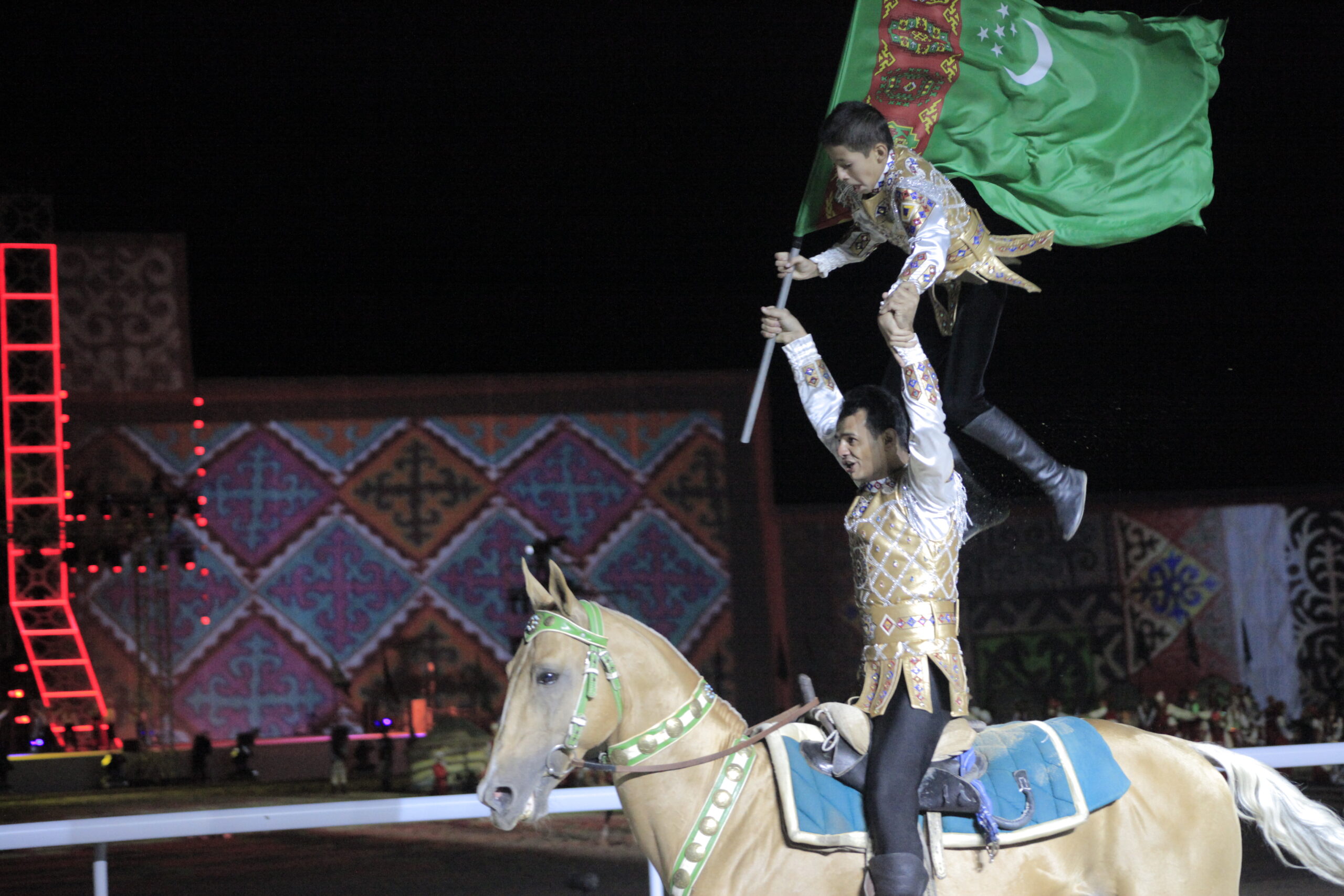
Turkmenistan athletes at the World Nomad Games opening ceremony Image Source: Save the Dream
Organized by the Republic of Kazakhstan, the opening ceremony will be attended by the President of Kazakhstan, Kassym-Jomart Tokayev, who will announce the official start of the 2024 WNG. Between then and the closing ceremony, the WNG winners will receive 97 sets of medals. The Kazakhstan capital of Astana, a commercial hub of Central Asia, represents a significantly more metropolitan setting when compared with the previous WNG locations. In the post-Soviet era, the manifestation of national ambition is perceptible in the architecturally competitive domes, cones, and geometric conundrums. As Astana’s touristic pull continues to expand, the nomadic presence of Kazakhstan is pervasive. The yurt dwellings of Almaty, the largest city in Kazakhstan, and the Altai regions in the east of the country, have incorporated glamping opportunities for the curious traveler. Meanwhile, global awareness of the WNG has been assisted in no small part by its inclusion on the UNESCO Intangible Cultural Heritage list. The ancient nomad games, revived since the end of the Soviet Union in 1991, amount to an exhilarating spectacle of mental and physical disciplines.
Come back soon for new updates.
